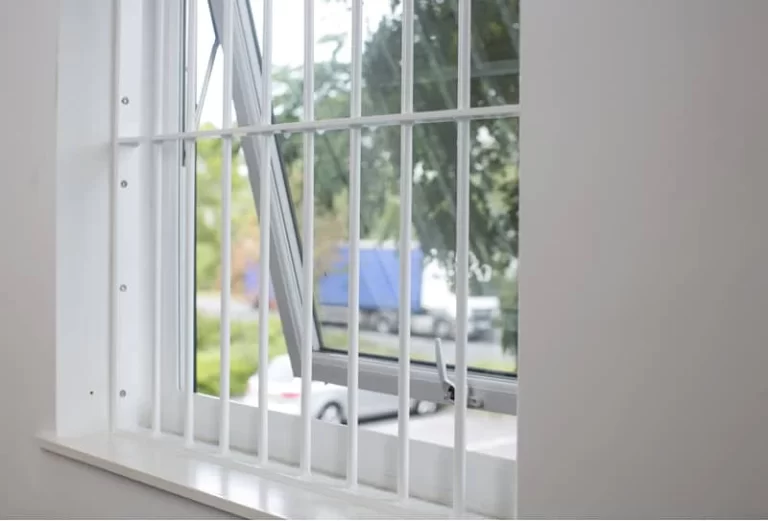Why is Child Proofing Important?
Did you know that child proofing your home can significantly reduce the risk of accidents and injuries to your little ones? According to recent statistics, over one million children under the age of six suffer from unintentional injuries in the United States alone.
These accidents can occur in various settings, including homes, schools, and public places. However, by implementing effective child proofing measures, you can create a safe and secure environment for your children to explore and play in.
In this article, we will delve into the reasons why child proofing is crucial and provide you with valuable insights and tips to ensure the safety of your precious little ones.
Why is Child Proofing Important?
Childproofing plays a vital role in safeguarding children from potential hazards and dangers that exist within their surroundings. Here are some compelling reasons why childproofing is of utmost importance:
1. Preventing Accidental Falls
Falls are the leading cause of non-fatal injuries among children. As they grow and become more mobile, children are naturally curious and tend to explore their surroundings. This exploration can often lead to accidents, such as falling down staircases or off furniture.
By implementing safety gates at the top and bottom of staircases, securing furniture to the walls, and using window guards, you can significantly reduce the risk of falls and their associated injuries.
2. Minimizing the Risk of Choking and Suffocation
Young children are prone to putting objects in their mouths, which can pose a serious choking hazard. Small toys, coins, buttons, and even household items like batteries and plastic bags can be potentially life-threatening if swallowed.
Childproofing measures such as keeping small objects out of reach, using safety caps on electrical outlets, and ensuring window blind cords are shortened and secured can help prevent choking and suffocation incidents.
3. Curbing Poisoning Hazards
Children have a natural curiosity about their environment, including the contents of cabinets and drawers. Many household products, such as cleaning supplies, medications, and even certain plants, can be toxic if ingested.
By utilizing childproof locks on cabinets and storing hazardous substances out of reach, you can minimize the risk of accidental poisoning and protect your child’s well-being.
4. Ensuring Electrical Safety
Electrical outlets and cords can be enticing to young children, but they also present significant dangers. Children may insert small objects into outlets or pull on cords, which can result in electric shocks or burns.
Installing outlet covers or safety plugs, keeping cords out of reach, and using cord organizers can help mitigate these risks and ensure electrical safety in your home.
5. Promoting Fire Safety
Fires pose a severe threat to children’s safety, and it is crucial to take preventive measures to minimize the risk.
Installing smoke detectors on every floor of your home, keeping matches and lighters out of reach, and teaching your children about fire safety practices are essential steps in childproofing against fire hazards.
6. Creating a Secure Environment
Childproofing your home creates a secure environment where your child can freely explore and play without constant supervision.
By removing potential hazards and implementing safety measures, you provide your child with a safe space to develop their motor skills, independence, and confidence.
Conclusion
Remember to be thorough in your childproofing efforts, considering all potential hazards within your child’s reach. Regularly review and update your childproofing measures as your child grows and develops new abilities.
By doing so, you can ensure a safe and secure environment for your little ones to thrive in, allowing them to explore and discover the world around them with peace of mind.
READ ALSO!!!




